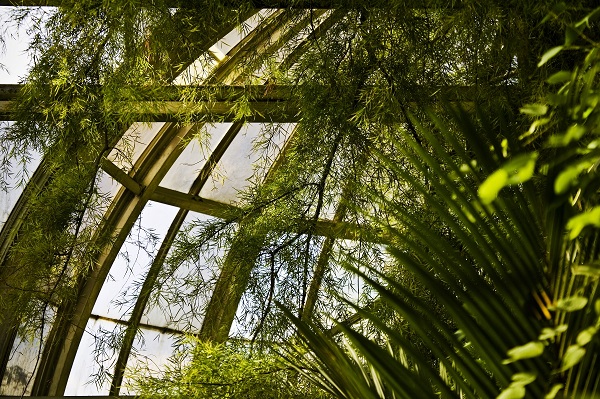
If you are interested in building a greenhouse or properly maintaining and understanding a greenhouse that has already been built, you need to understand how glass works in greenhouses.
One of the earliest notations of greenhouses date back to the Victorians. These individuals are known for creating the growth structures as a means of enjoying crop growth throughout periods of the year like winter, when it is difficult to cultivate crops successfully. The earliest structures were simple box-like buildings that were composed of lead flashing and a large amount of glass. But as their popularity grew, greenhouses became a symbol of wealth and power during the Victorian era.
These core materials were considered to be ideal in protecting botanical specimens that were tropical in nature. In the past century and a half, much advancement has been made that has changed the overall shape, size and general layout of greenhouse structures. However, one thing remains consistent – glass is still considered to be one of the most popular structural materials.
The Basics of Light Penetration
In order to completely understand how glass works in greenhouses, you must first understand the basics of light penetration and the effect that it has on the growth structures. Glass is a special material that allows the rays of the light from the sun to successfully penetrate through its molecules in an unimpeded manner. It is important to understand that the light from the sun does not actually heat the glass that is present on a greenhouse. It actually penetrates the glass and permits the surfaces within the structure to be heated. This is possible due to the fact that the light converts into light energy when it comes into contact with the molecules present on the surfaces within the greenhouse.
The Accumulation of Heat Energy
Once the light hits the surfaces of the items within the greenhouse, like tables and floors, a wavelength consisting of radiation is created. This is always longer than the light that may be visibly seen. As a result, it does not escape or penetrate back through the glass of the greenhouse structure and the resulting heat accumulates within the greenhouse structure.
Heating is an essential concern to all individuals that elect to cultivate crops through a greenhouse and solar energy is the main energy source when it comes to the accumulation of heat energy. By utilizing structures that are composed primarily of glass, a larger amount of heat energy is accumulated, and this heat assists in the growth of the plants. While it is true that supplemental heating systems are often placed in a greenhouse, the light trapped from the sun’s rays is the most substantial, effective and least expensive option for all crops.
Light Management
In addition to assisting in the development of heat within the structure, glass in greenhouses also assists in the management of light within the greenhouse. The glass allows light to be transmitted from the sun to the plants within the structure allowing the plants to grow properly. Plants placed in fields and other outdoor growing areas typically receive the proper amount of light from the sun, but unfortunately, they are also exposed to the ultraviolet rays given off by the sun.
As a result, many plants may suffer from burns resulting in poor performance or even death of the plant. Greenhouse glass combats this issue by successfully filtering out potentially harmful ultraviolet rays. Modern greenhouse glass is manufactured to effectively block harmful UV rays. The manufacturing processes include being annealed, being laminated and/or tempered. In addition to this, there are several types of greenhouse glass that are designed with built-in curves that assist in blocking ultraviolet rays and concentrating the light in the areas most needed for crop growth. Greenhouse glass is one of the most effective materials when it comes to light management within growth facilities.
Suitable Protection
Glass is considered to be a strong, effective barrier that properly protects the crops located inside the greenhouse and can provide a high level of insulation from external weather conditions. Glass is available in single, double or triple layer construction for protection against outdoor elements. It can also be tinted or even painted to control the internal temperatures of the greenhouse. For those looking for ample, yet simple, protection against outdoor elements, glass is an ideal material. While all materials that may be used to cover a greenhouse offer some degree of protection against the outdoor elements, glass displays the highest level of strength and consistency.
Conclusion
There are numerous advantages associated with greenhouse glass. When it comes to greenhouses, one of the most important elements is allowing the maximum amount of light possible into the greenhouse which helps the plants to grow and develop appropriately. There are some disadvantages associated with utilizing glass. Examples include that it is a very expensive material, it may cost more to heat the greenhouse and it makes the structure an easier target for vandalism. If you are interested in constructing a greenhouse from glass, it is critical to research your region, your growth needs and your income to determine if glass is an appropriate option for you.
Marion Catubig owns a company that sells hobby greenhouses and other gardening supplies.
Related Articles & Free Email Newsletter Sign Up
4 Things You Need to Know Before Building a Greenhouse
Greenhouse Maintenance – How to Get 100,000+ Miles out of Your Greenhouse!




Comment here